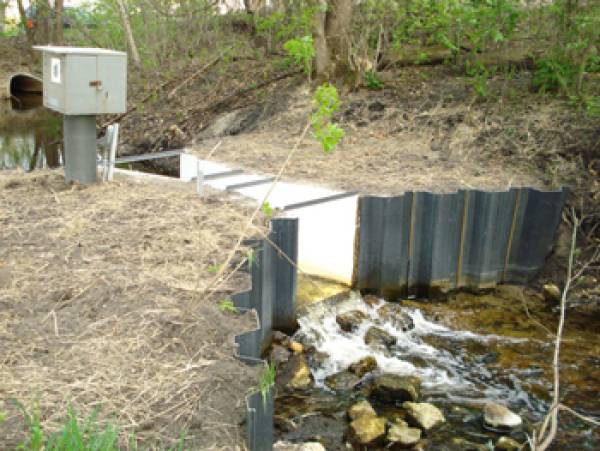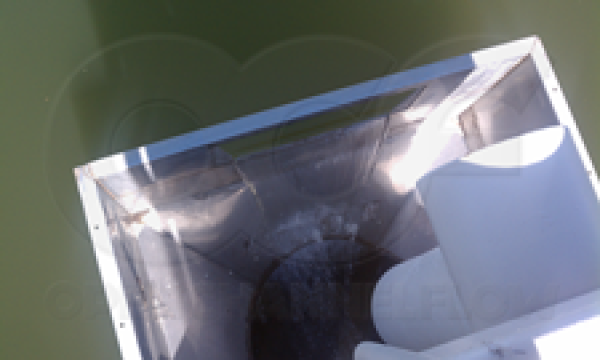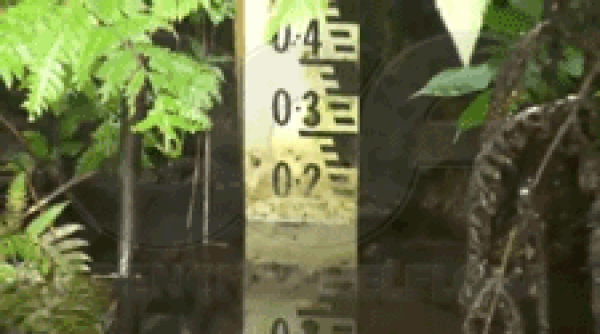This website uses a variety of cookies, which you consent to if you continue to use this site. You can read our Privacy Policy for
details about how these cookies are used, and to grant or withdraw your consent for certain types of cookies.
Extended Height Flumes for Additional Flow Capacity
Do you need more flow capacity than a given flume will handle but are tight on space? If so, one option might be to look at using an EXTENDED HEIGHT flume.
Extending the sidewalls can allow a flume to pass more flow without using a larger flume, which will allow you to pass more flow in a given foot print.
Keep in mind, that while many flumes can be extended, the flow equations for the flumes are believed to be, but are not warranted so, accurate for the increased depth.
With this in mind, which flumes can, can but shouldn't, and can't be extended?
WHICH FLUMES CAN BE EXTENDED?
While most flumes could theoretically be extended, practically speaking those with flat, vertical walls work best.
These include:
WHICH FLUMES CAN’T BE EXTENDED?
Two flumes that shouldn’t be extended are the Palmer Bowlus and the HS / H / HL.
The Palmer Bowlus is intended to sit in line with piping – so extending the height of the flume to pass more flow would mean that the flume’s flow will no longer be able to be carried by the same size downstream pipe.
The HS / H / HL flume is really a combination of a weir and a flume – with the discharge of the flume angled back upstream. So extended the walls there would mean that ultimately the discharge face of the flume would extend back into the point of measurement.
WHICH FLUMES SHOULDN’T BE EXTENDED?
Flumes with a Trapezoidal cross-section – RBC and Trapezoidal Flumes – should be left as they are. While the sidewalls are flat, they are not vertical. So as the flume gets taller, it also gets wider. Also, the trapezoidal shape means that as the height of the flume increases, the amount of flow needed to increase the flow depth by a given amount dramatically increases – the flume becomes less sensitive to changes in flow rate.
So, unless you are trying to capture the occasionally surging flow (think snow melt or storm water runoff when flow rate can peak several times the normal flow rate), a vertical walled flume is a better choice.
Related Blog Posts
Explore more insights in our blog.

LOCATIONS IN ATLANTA, GA & BOISE, ID




